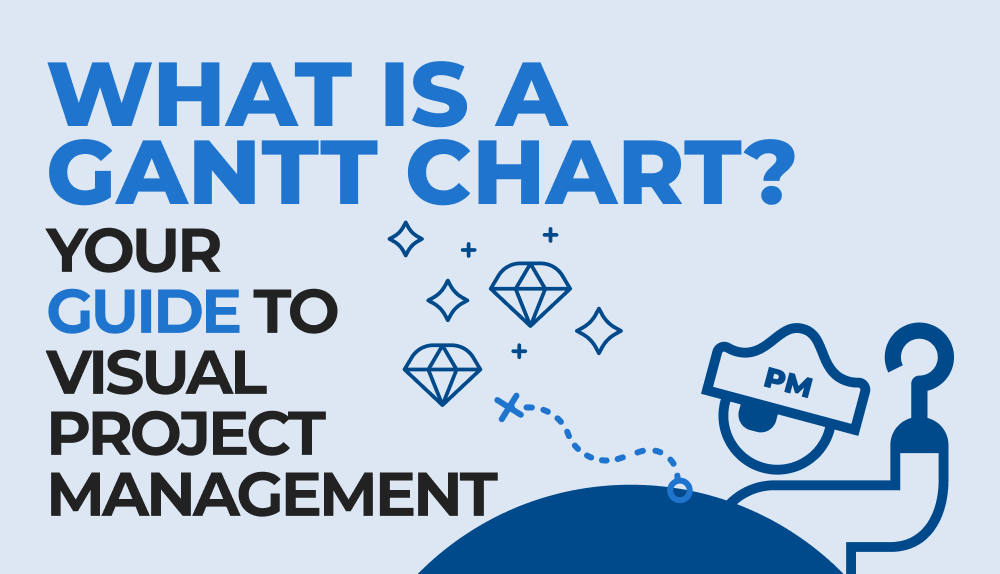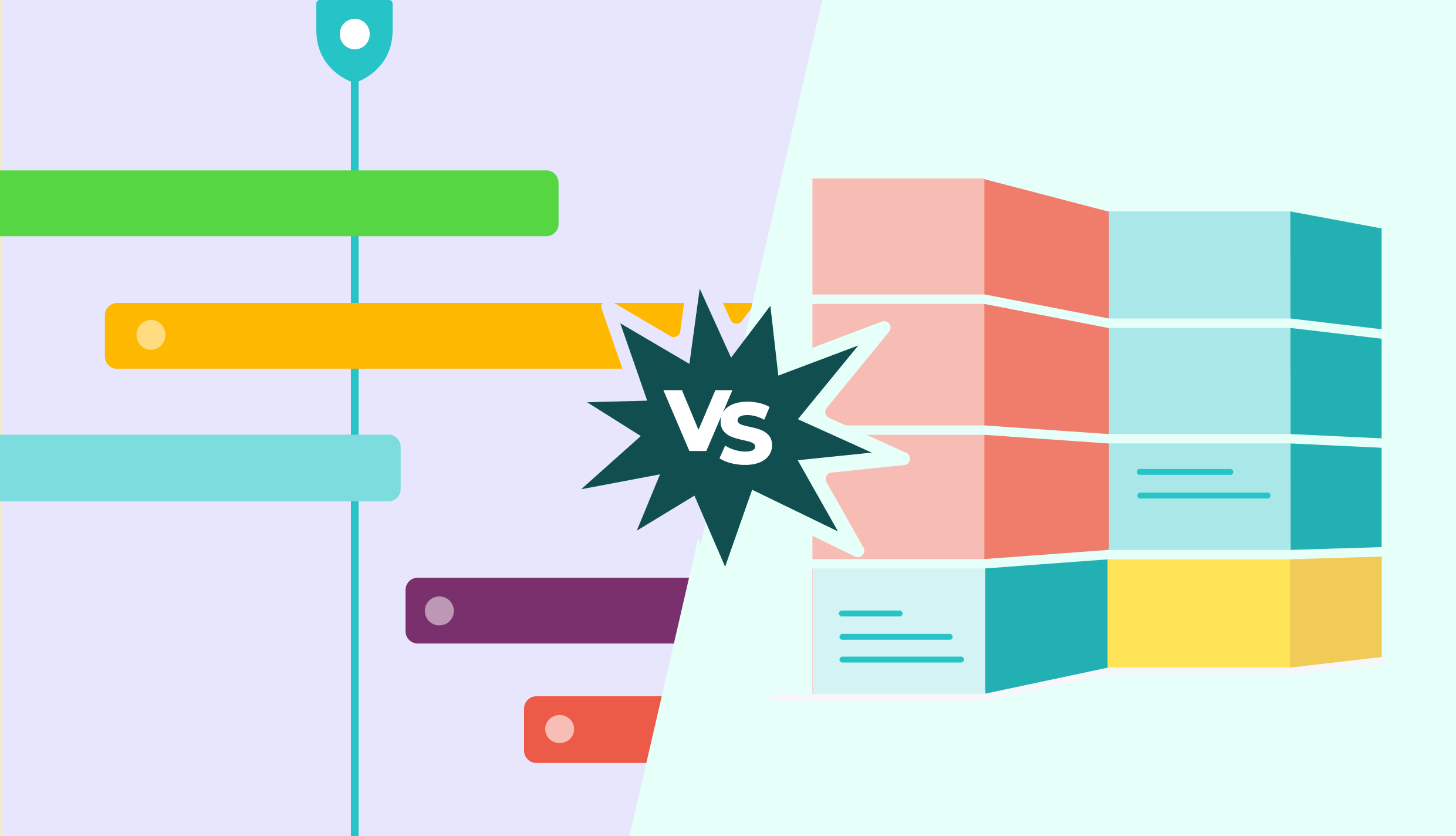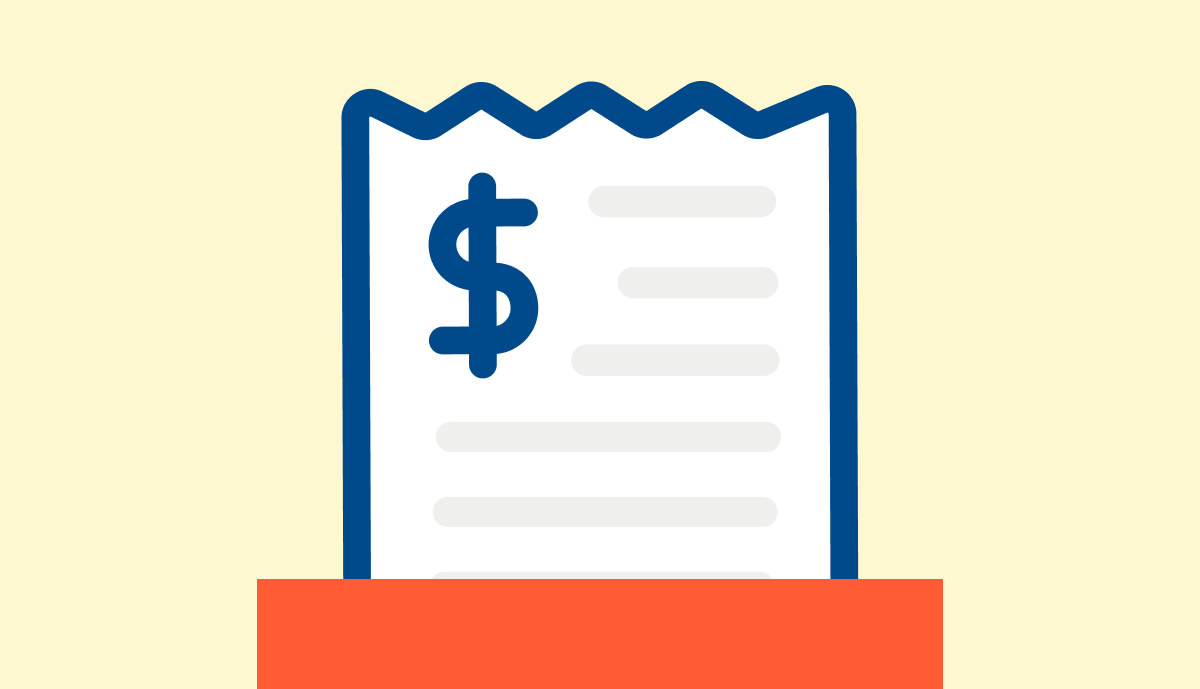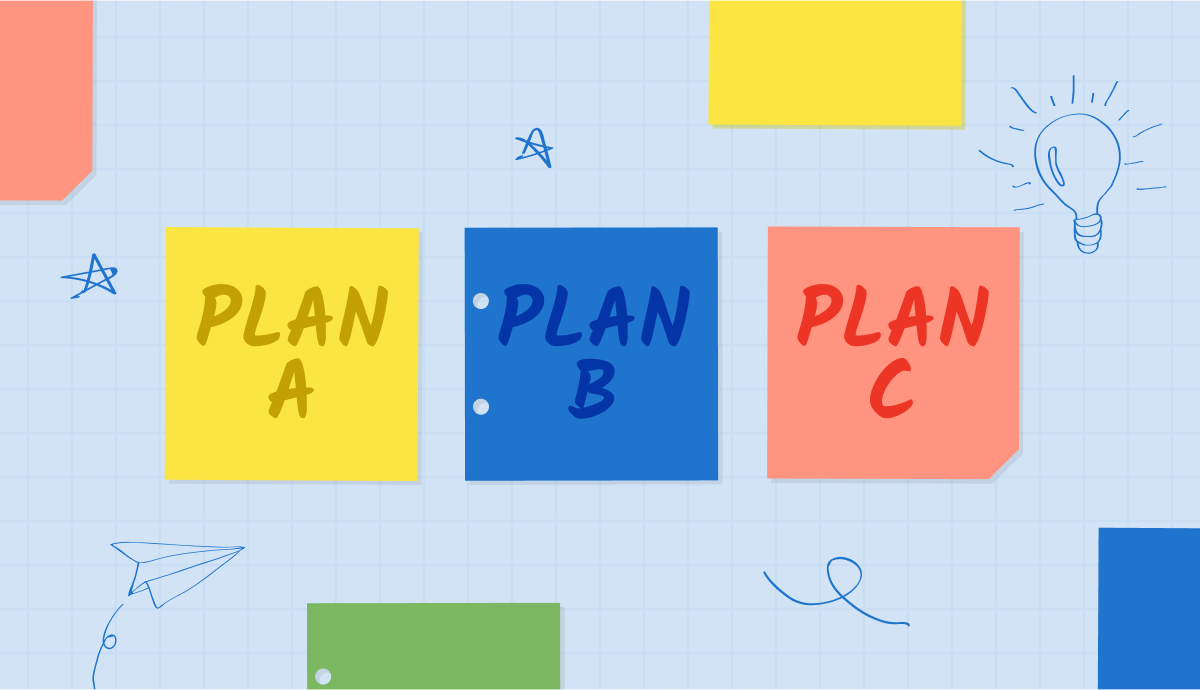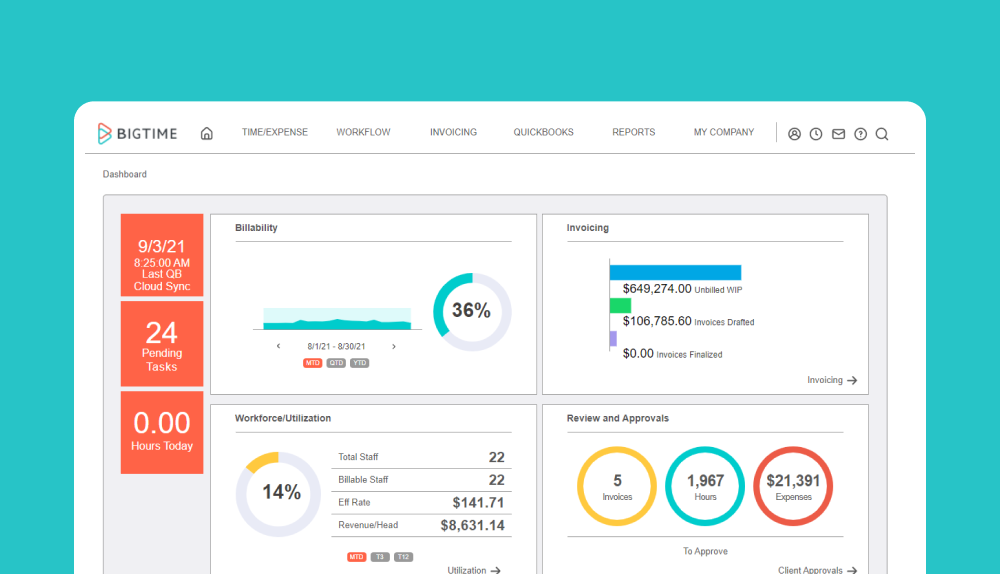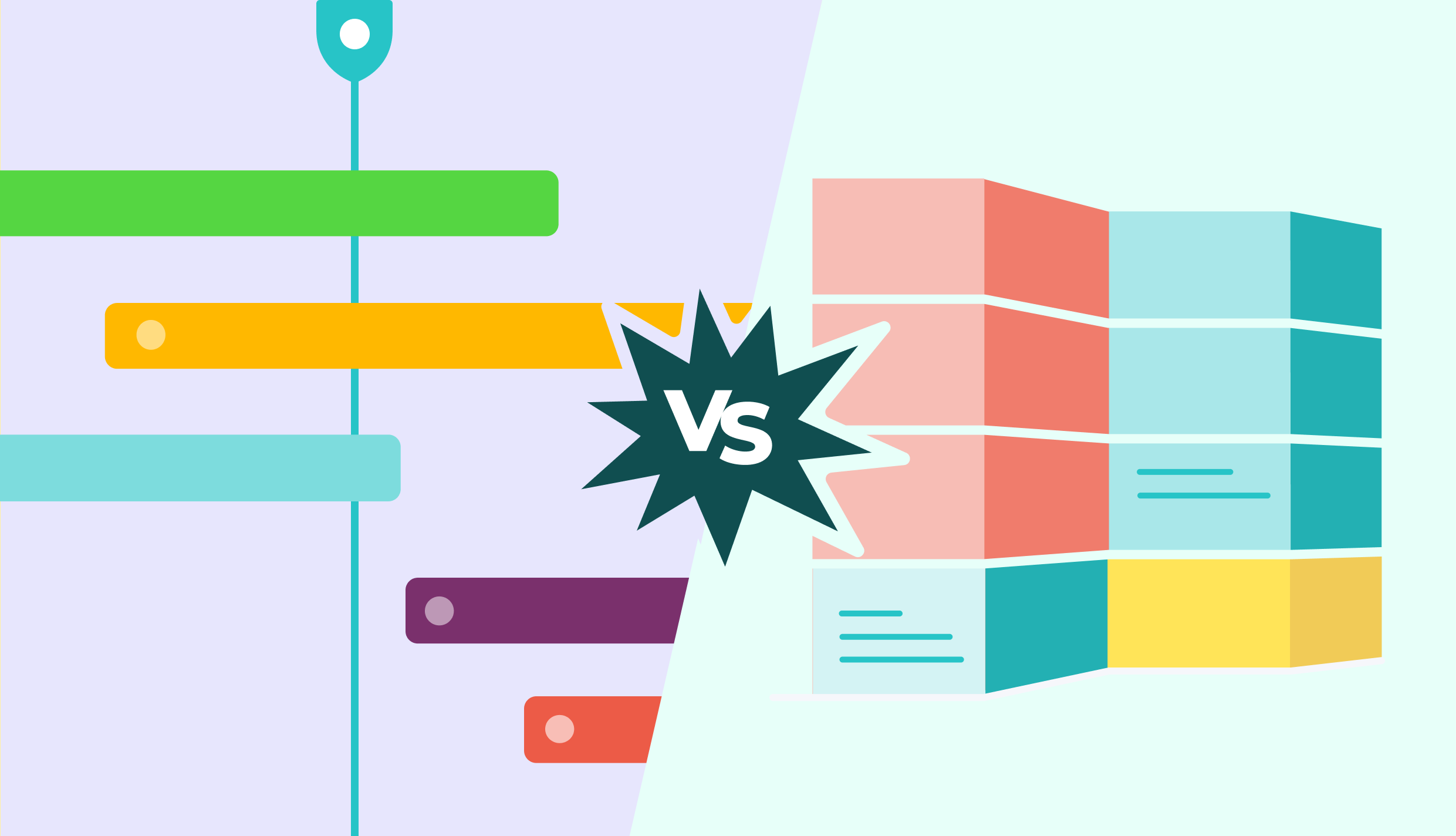
Last updated July 3rd, 2022
You’re using the wrong tool for project planning. It’s an easy mistake for any over-stressed project manager to make. These days, project managers have so many helpful tools for planning and organizing teamwork.
In fact, a lot of people get caught on when to use a Gantt chart, and when you should use a product roadmap instead. So what is the difference?
We’ll take a look at the problems that Gantt charts are made to solve, and what sets apart a product roadmap to figure out the best situations for using each of these organizational tools.
What is a Gantt Chart?
Henry Gantt was a consultant who needed a way to schedule and record work, so about 100 years ago, he invented Gantt Charts.
Gantt set out to create something that would visually remind him of when project tasks need to happen, and how they fell within the big picture of the project at hand. Thus, the Gantt chart was born.
A Gantt chart is a bar chart that shows the schedule of a project. Each task is color-coded and has its own bar. It’s pretty simple. These task bars go on the chart, and you can arrange the bars to show the order in which the tasks have to be completed so you can meet the project’s deadline.
When two tasks or more tasks are related, it’s called a dependency, and Gantt charts are great at showing dependencies. That way, you can know when specific tasks need to happen for every project to meet its deadline and its budget.
Gantt charts also show the critical path, which is how much time it will take to complete the longest group of dependencies. A project can have several critical paths, which let you know what your milestones will be, as well as your deliverables.
What is a product roadmap?
For the sake of comparison, product roadmaps can be thought of as a subcategory to Gantt charts. They can also be highly visual to help map and plan a project but differ in that they’re only used for product development plans.
Because of this specific use case, product roadmaps tend to be a more high-level summary of the development project broken into phases or key milestones that may align with general deadlines and dependencies. Used as a guiding document for product planning, they can be adjusted to best fit the needs of individual products and how each company wishes to visually present its plan.
A product roadmap can also include additional information not crucial to project planning pending the different audiences it’s shared with beyond the developers. For example, customers, board members, investors, and other internal departments, may all have an interest in a product roadmap and need further context around the phases.
Additional questions your product roadmap may answer:
- What specific problem does each product solve for your consumers?
- What risks will your firm need to take in order to create its products?
- How consumers will use your product(s)?
- What solutions can you offer for the risks your firm will accept in order to create its product(s)?
The best part of a product roadmap is that it’s flexible. Roadmaps are meant to be changed when your firm’s understanding of the development phase changes.
However, Janna Barstow, CEO of several management firms, advises being careful of how many variables you make flexible in your product roadmap: “the more you add to the roadmap and the further down the line you get, the harder it becomes to manage.”
Finding the right balance in a project like product development that has many unknowns and unforeseen roadblocks can be tricky. This is why you may want to consider using Gantt charts within the internal development team to keep each phase of your roadmap on track.
Let’s dive into the appropriate use cases for each tool, now that you have a better understanding of their key purposes.
When to Use a Gantt Chart and When to Use a Product Roadmap
To break it down, product roadmaps are to be used for the planning of product development milestones. How granular and specific you get with a product roadmap is up to your team and the audience you wish to share the roadmap with.
Gantt charts can then be used for the more specific phases within your roadmaps that need to be broken out into structured deadlines and dependencies for your development team to stay on course.
In addition to that, Gantt charts are built to be a strategic framework that is applicable to any project. Consultants, engineers, architects, marketing teams, and anyone who has a project they want to stay on course can use the Gantt chart structure to help them succeed.
If you’re ready to see what you can do with Gantt charts and planning tools in a top-rated project management software, then request a free demo of BigTime today.
